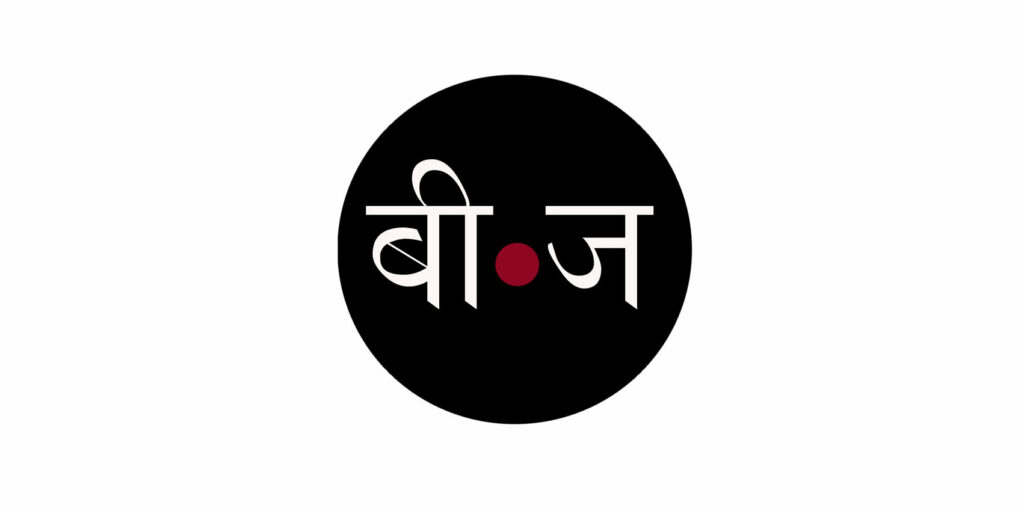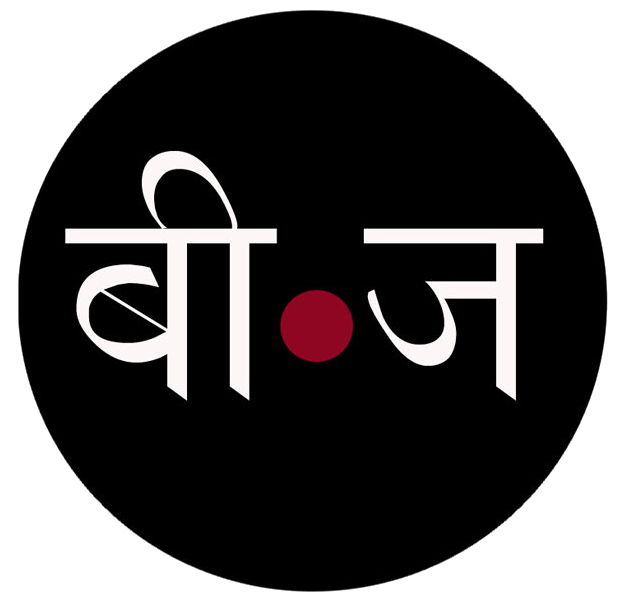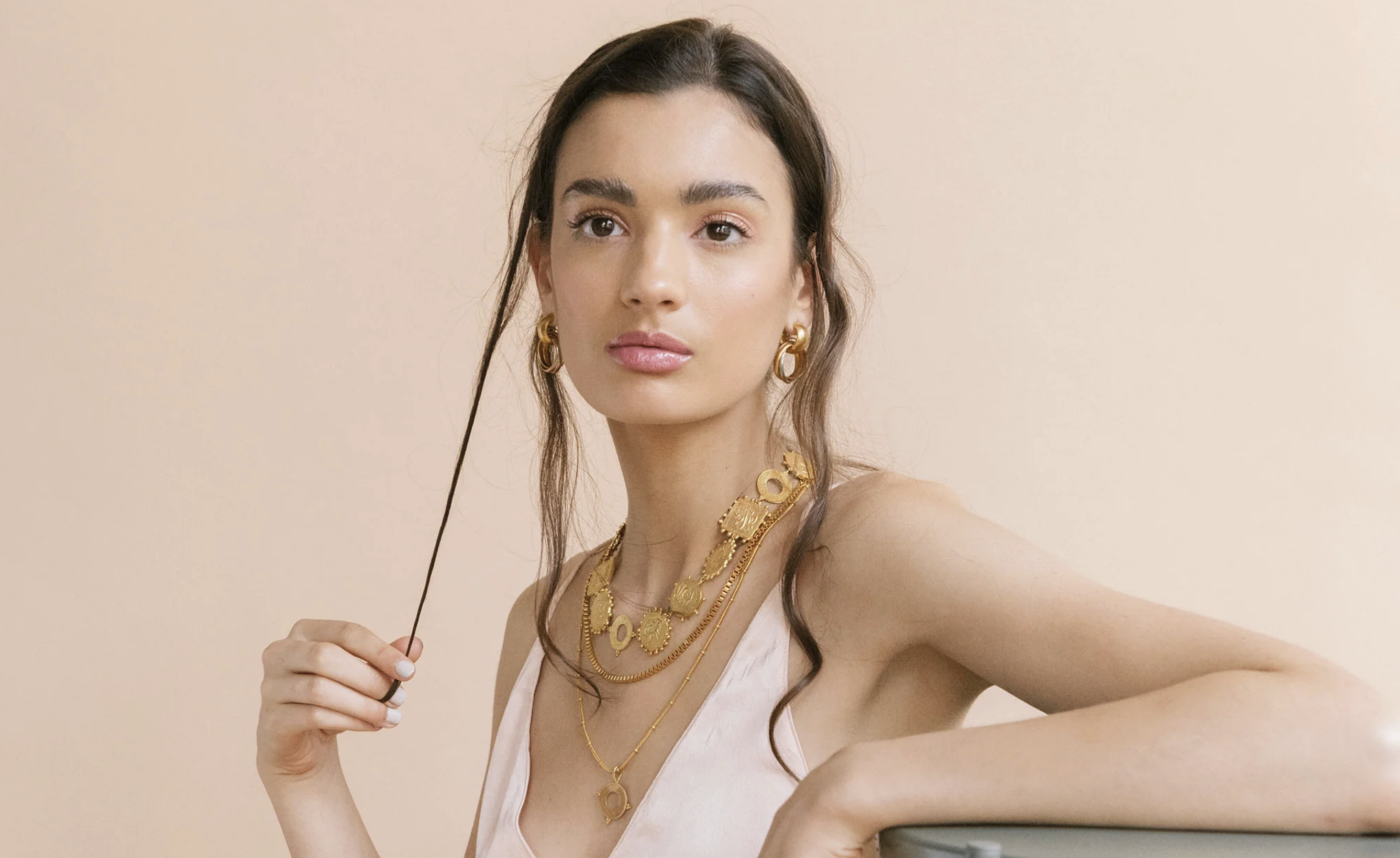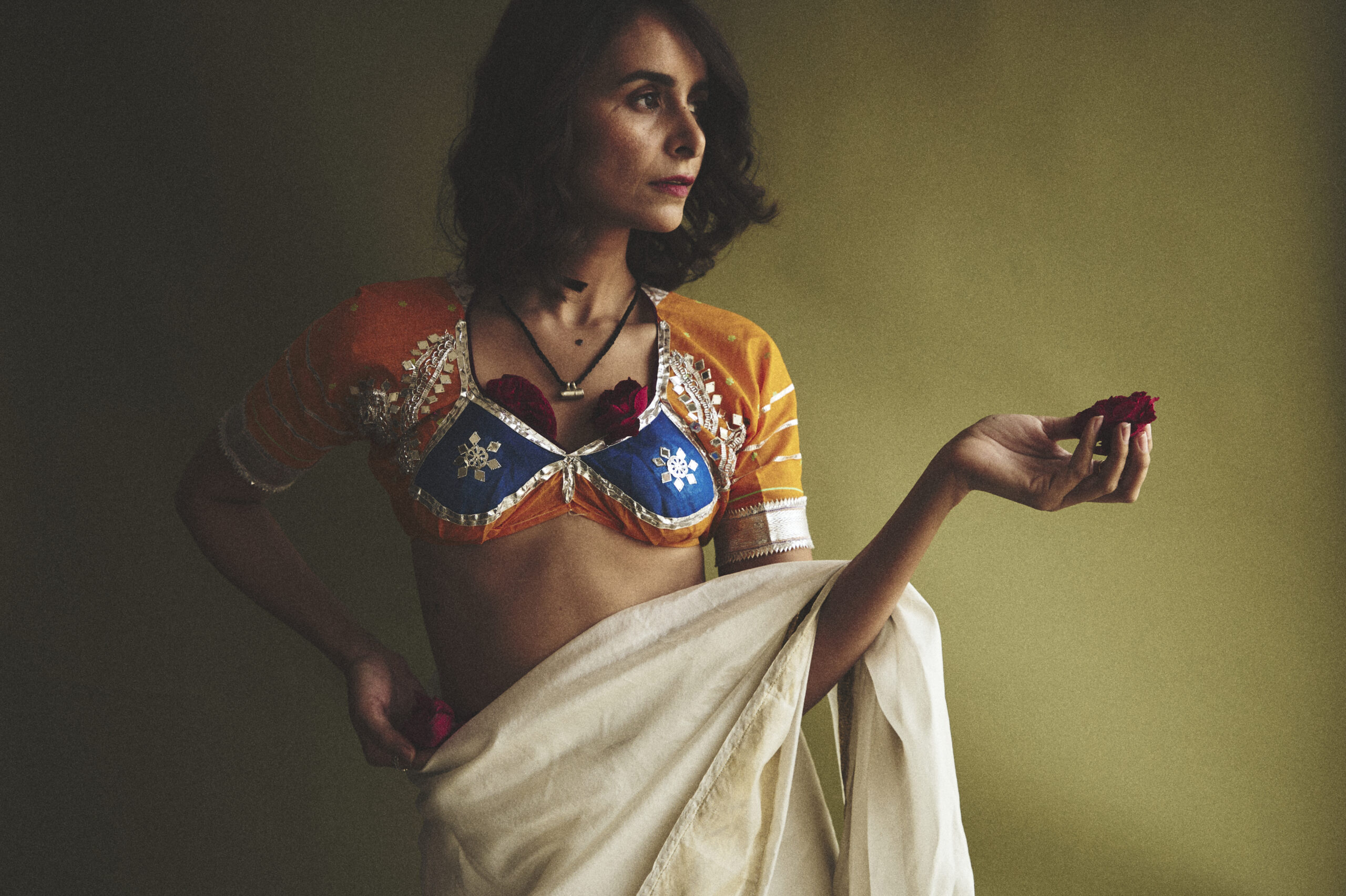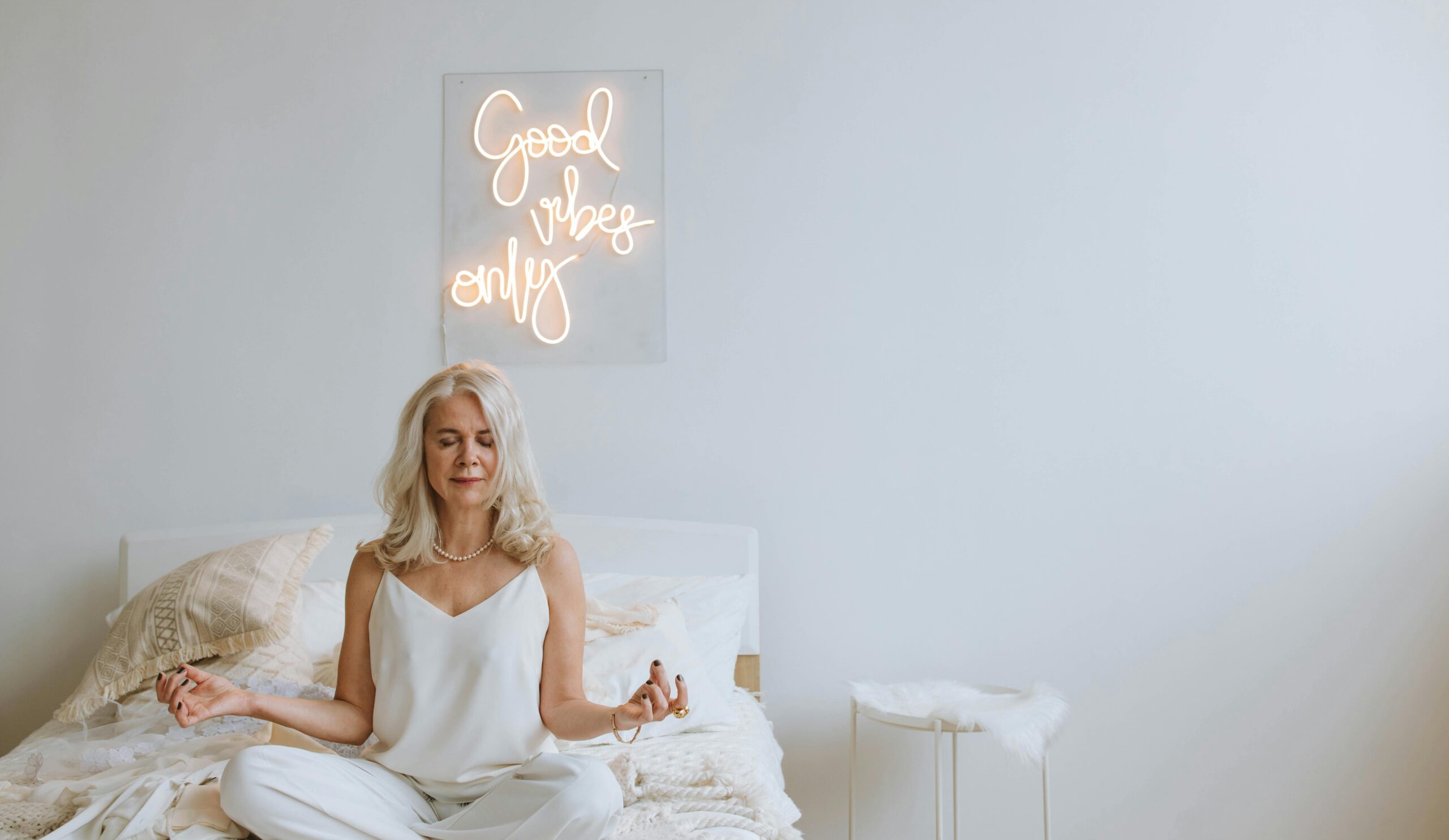Fashion Files: The Evolution of Style
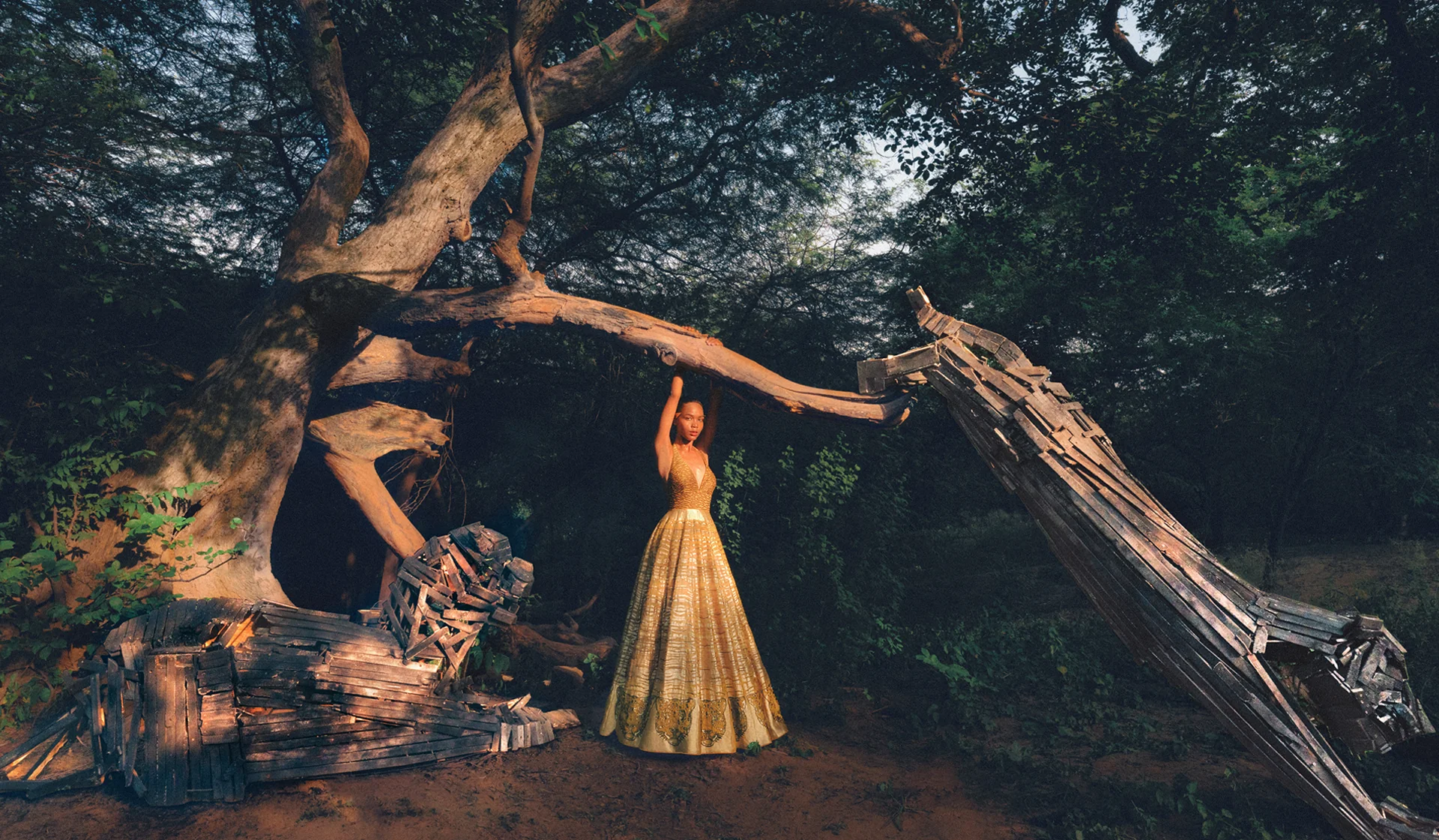
What does it mean to have style? What is the future of fashion?
Beejliving explores the heartbeat of fashion’s evolution, delving into insights from slow fashion designers and influential editors, stitching together perspectives on style, the industry’s challenges, and the transformative future ahead.
Rajeswari Mavuri, Founder, Label RaMa
Hailing from a family of weavers, Mauvri’s been deeply entrenched in the world of textiles, with her family’s textile house that’s completed half a century. Her clothing venture, Label RaMa creates contemporary wear exclusively with handloom fabrics such as 200-thread count muslin, jamdani and khadi, using techniques such as French seams, and neatly sealed fabric edges, that give you the feeling of being wrapped in a cloud.
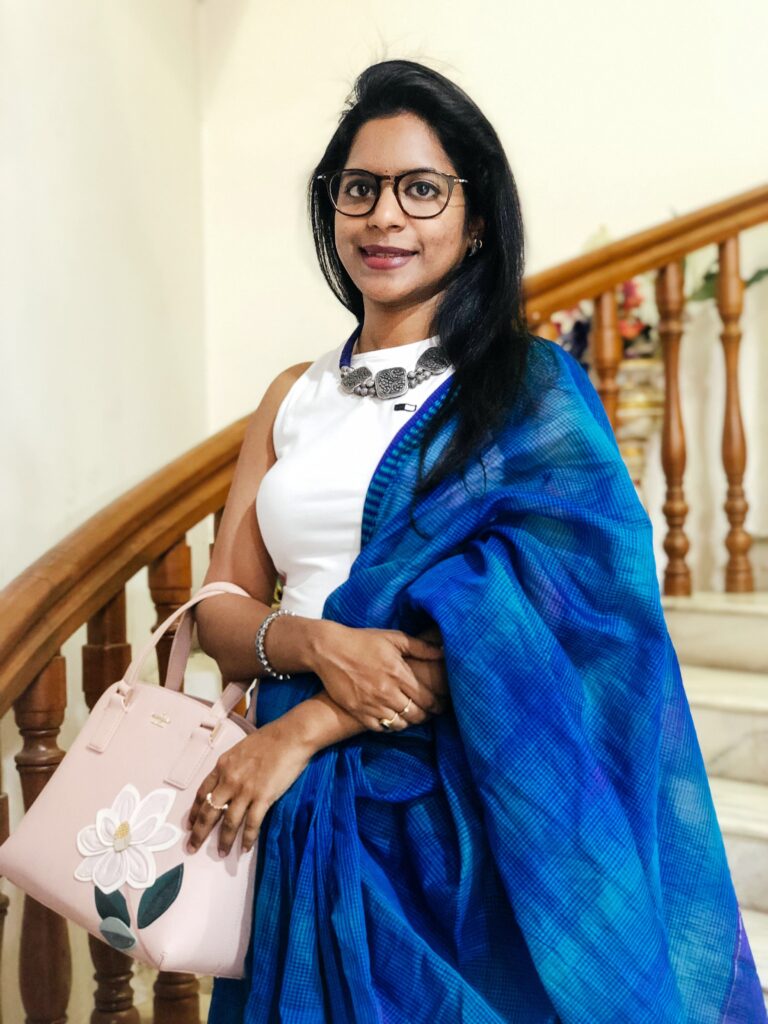
What does style mean to you? Share your personal style evolution.
Style is an expression of who we are. We like some dresses because they are comfortable, some that make us look beautiful and some that make us look sharp and confident. I like it when dresses do all the things I mentioned earlier, simultaneously doing good to people who make my style without harming my skin and the Earth. That is why my style has not changed a lot over the years. I became more and more conscious of what I wear. Pastels, minimal/timeless cuts, and wardrobe staples are something I consume myself.
How can Fashion be a force for good?
Fashion can never be 100% sustainable. We can only choose better options from those that are available to us. So, it is about minimal impact. We must make good fashion choices for ourselves and our skin. These choices must do good for those who make our clothes and the earth. Think of the person who made our clothes and how we are thanking them by paying for the outfit. That is how our collective consciousness can make fashion a positive force for people and the planet.
How can we as consumers adopt a style that’s more mindful and less consumption-centric?
We cannot consume, but maybe we can consume mindfully. It is a good idea to pick clothes beyond the trends – something like wardrobe staples that are easy to maintain. Everything we pick up could be something like a five-year companion. Pay attention to the material, as it stays on the skin for many hours a day. It is best to pick natural fabrics such as cotton, silk, linen, and hemp. Wearing locally sourced and produced clothes is ideal.
“Handlooms regulate our body temperature and let our skin breathe. They are affordable, meaningful and positively impactful – on the planet and its people. It is the closest we could get to significant luxury.”
What are the most pertinent issues facing the fashion industry in India that we need to give a voice to?
The fashion supply chain is dark: weavers live in poverty, tailors are overburdened and underpaid, and most of the supply chain runs on broken/ dangerous infrastructure. Customers know about this to some extent but do not care enough. There is so much marketing material in greenwashing and packaging. Let me give you one particular example: I recently saw one tag my friend showed me, saying “man-made fabric. sustainable.” When the tag says man-made, the unsuspecting customer thinks it is handmade!
What makes you happy and sad about how we Indians dress?
Of late, most celebrity weddings are filled with pastel colours. But I don’t understand why. It is boring. In India, we are comfortable with all shades of colours depending on the season and the occasion. I am proud and happy that we Indians love colours and bling.
It’s disheartening to see a uniformity in global fashion that blurs the beautiful diversity of our cultures. Whether it’s a consumer in America, Japan, or India, there’s an emerging sameness in style that has sadly overshadowed the unique sartorial identity of each nation.
I often ponder the paradox of the Indian corporate wardrobe. In a country blessed with perpetual warmth, in South India, where winter is often just a notion, we find ourselves enveloped in polyester suits, a Western import ill-suited to our climate.
It’s high time we redefine professional attire to include our rich array of Indian clothing, making it a staple not only for festivals or ‘ethnic days’ at work but as a celebration of our heritage every single day. Indian handmade fabrics are celebrated globally. I think it’s time we did, too. The same garment, available for a few thousand in India, would cost you around 500 euros in Europe.
Khushi Shah, Creative Director, Shanti Banaras
Inspired by their late grandmother Shanti’s exquisite taste in saris, the Shanti Banaras is a retail offshoot of a half -century-old manufacturing outfit. Offering a wide selection of Banarasi sarees, lehengas and dupattas, it has outposts in Banaras, New Delhi and Mumbai.
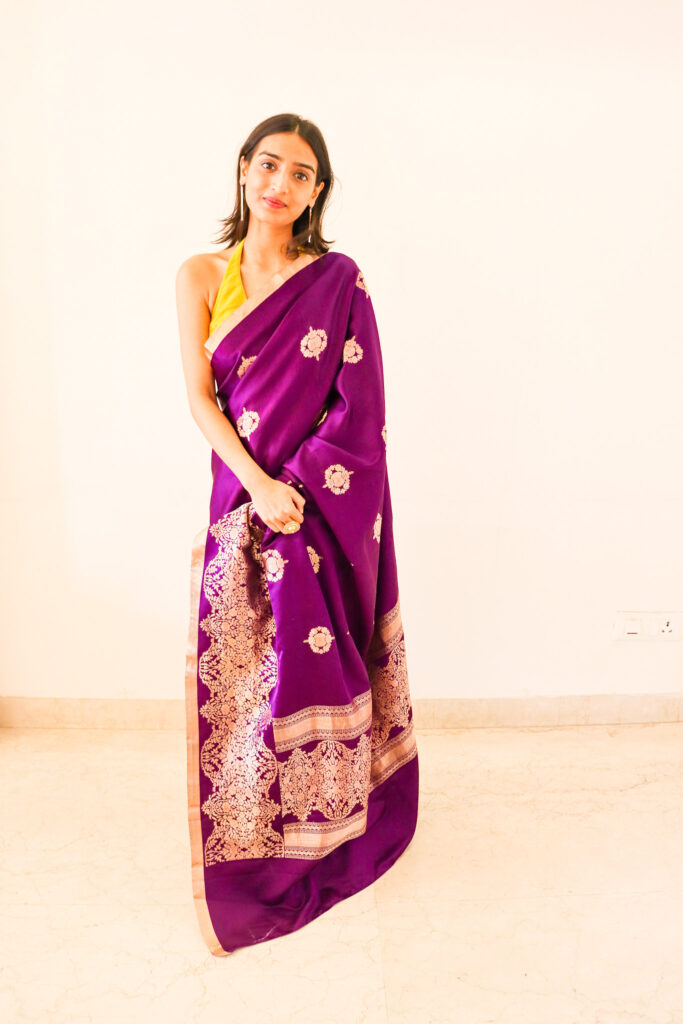
What does style mean to you? Share your personal style evolution.
My style is deeply rooted in my heritage, whether it’s in the way I dress or design. It’s influenced by Banaras and the traditions passed down through my family and ancestry. I draw inspiration from the customs, aesthetics, and stories of my heritage. It’s a way for me to honour and preserve the traditions and values that have been a part of my family for generations, while also allowing me to interpret and adapt them in a way that feels meaningful and relevant to my life today.
How can fashion be a force for good?
Stay true to your style and vision. Authenticity is often more appealing than blindly following trends. It’s essential to express your unique identity in your designs. Focus on sustainable and ethical practices, which include using eco-friendly materials, reducing waste, and ensuring fair labour conditions in their supply chains. Fashion has the potential to empower individuals by allowing them to express their unique identities. And, collaborate with artisans and craftsmen from different regions and cultures. By doing so, they support local economies and help preserve traditional skills and craftsmanship.
How can consumers adopt a more mindful style?
Understand what’s most important to you in fashion. Is it sustainability, quality, ethical production, or supporting local artisans? Identifying your values will guide your style choices. Rather than accumulating a large quantity of clothing, focus on building a versatile and curated wardrobe. Choose timeless and high-quality pieces that can be mixed and matched. When you do make purchases, invest in quality items that will last. This often means spending more upfront but saving money in the long run as well as reducing waste.
What are the most pertinent issues facing the fashion industry in India that we need to give a voice to?
India has a rich heritage of traditional craftsmanship. However, many artisans and craftspeople face exploitation, low wages, and difficult working conditions. Advocacy for fair wages, ethical treatment, and preserving traditional crafts is essential. The fashion industry is a major contributor to environmental pollution. Issues like water pollution from dyeing processes, excessive waste, and a lack of recycling and upcycling efforts need more attention and regulation.
Archana Jaju, Founder, Archana Jaju
Archana Jaju’s eponymous label was founded in 1996. Married into a family with a legacy of being the first weavers of Chanderi Handloom in India, she pursued her passion for experimenting with handloom and handicrafts creating a line of menswear and womenswear working with craftspeople across the country.
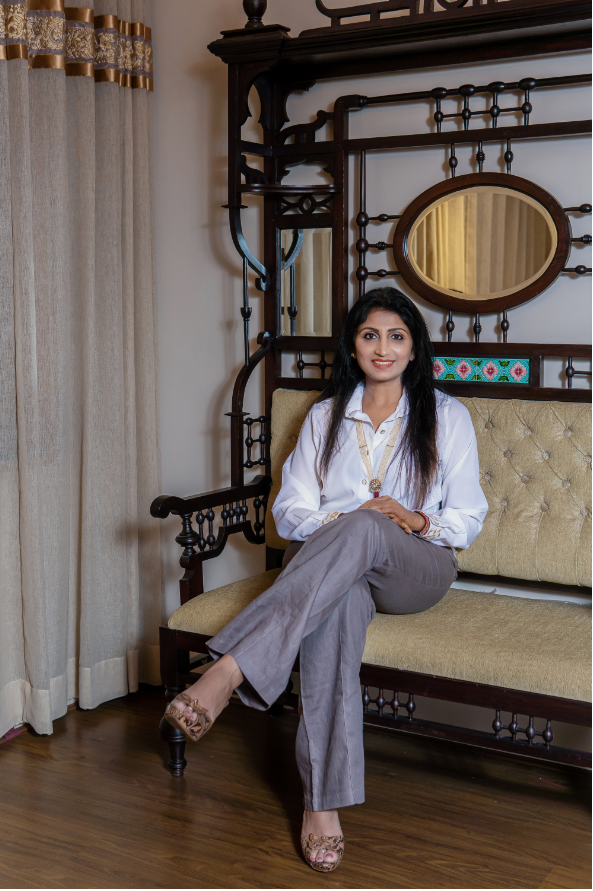
What does style mean to you? How has your personal style evolved over the years?
Style, to me, is a harmonious blend of cultural heritage and contemporary influences. Growing up in a country rich in traditional crafts, I’ve always found inspiration in the intricate artistry of Kalamkari, Banarasi, and Bandhani textiles. Witnessing the younger generation embrace these age-old crafts with a modern twist has been delightful.
I’ve personally evolved by infusing tiny contemporary elements into traditional handlooms, making them more appealing to current sensibilities. This evolution is reflected in the brand’s ethos, where we prioritise adapting Western silhouettes to Indian wear, such as incorporating trendy waist-cinching belts with anarkalis and sarees and experimenting with contemporary cuts for blouses.
Are there any key principles from your own fashion journey that you believe others can learn from?
My fashion journey has taught me the significance of preserving our rich heritage of handwoven textiles. These fabrics endure not just for their vibrant appeal but also for the exceptional craftsmanship they embody. I believe the industry can learn from this by recognising the value and relevance of these traditional crafts and actively contributing to their preservation.
How can fashion be a force for good?
Fashion can be a force for good through sustainable practices, ethical sourcing, and inclusive representation. By prioritising sustainable materials, reducing waste, and promoting fair labour conditions, the industry can minimise its environmental impact and support communities. Supporting philanthropic initiatives and raising awareness about social issues can leverage fashion’s influence for positive change. Ultimately, fashion’s potential for good lies in its ability to advocate for responsible production, cultural appreciation, and social equality, fostering a more ethical and sustainable future.
What makes you happy and what makes you sad about how we Indians dress?
What makes me happy about how Indians dress is the vibrant celebration of our diverse cultural heritage, reflected in the kaleidoscope of colours, intricate textiles, and traditional ensembles that beautifully showcase our rich identity. The way we effortlessly integrate our cultural ethos into our everyday attire is truly remarkable.
However, what saddens me is the gradual shift towards fast fashion and the neglect of our indigenous craftsmanship. The rampant adoption of mass-produced, inexpensive clothing often comes at the cost of compromising on quality and sustainability, leading to the erosion of our unique sartorial legacy.
Nikki Kalia & Rekha Bhatia, Founders, Kishmish
Kishmish is an artisanal, slow clothing label based in Mumbai, India that uses natural, breathable textiles to craft effortless, contemporary clothing. It was established in 2009 by textile designers Nikki Kalia & Rekha Bhatia. The clothes are handmade in small batches and the brand happily refurbishes old Kishmish garments for customers.
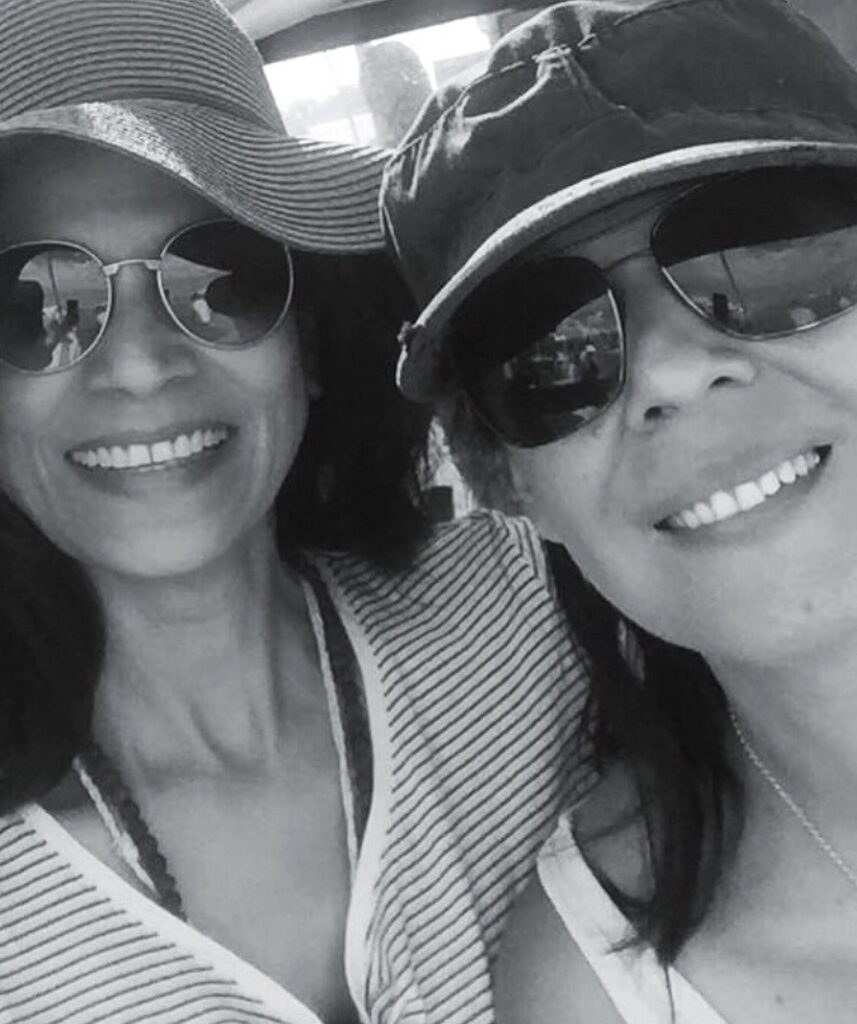
What does style mean to you? Share your personal style evolution.
Over time, our personal style has undergone a transformation. This shift can be attributed to the movement towards slow clothing of our brand, Kishmish. We’ve moved towards simpler silhouettes with a strong emphasis on the beauty of handmade textiles. The pivotal moments in our journey include our interactions with skilled artisans and the realisation of the importance of sustainable living.
What wardrobe essentials can’t you live without?
Our wardrobe essentials consist of soft, breathable handwoven cotton and silk slip dresses, comfortable pyjamas, and relaxed shirts, teamed with a stunning scarf. While we don’t have specific brand preferences, we have an appreciation for artisanal clothing and small weaving communities.
Fashion is often seen as a form of self-expression. How does your personal style reflect your personality, values, or cultural background?
We believe in wearing clothing that tells a story, embodies the values of slow fashion, and showcases the exquisite craftsmanship of handwoven textiles. The cultural elements in our fashion choices come from contemporary versions of the diverse weaving traditions of India.
How can we as consumers adopt a more mindful style?
To embrace a more mindful and less consumption-centric style, consumers can consider investing in timeless pieces, inquiring about the origins of their clothing, asking, “Who made my clothes?”, repurposing saris and textiles into new clothing items, creating a capsule wardrobe composed of versatile pieces, and supporting slow clothing brands and artisans who prioritise craftsmanship and sustainability.
What are the most pertinent issues facing the fashion industry that we need to give a voice to?
In India, several pressing issues within the fashion industry warrant more attention, including artisan empowerment and fair wages, resource-intensive textile dyeing processes, limited awareness about sustainable fashion, challenges in preserving the skill of hand weaving and the environmental impact of textile waste and pollution.
What makes you happy and what makes you sad about how we Indians dress?
We find happiness in witnessing Indians embrace the diverse handmade textiles and clothing that our country offers. However, it is disheartening to observe the proliferation of fast fashion brands and the negative consequences this trend has on rural livelihoods and the environment.
Praachi Raniwala, Freelance Fashion and Lifestyle Writer & Content Consultant
A freelance fashion and lifestyle writer, Praachi Raniwala has over a decade of experience. She is an expert on Indian fashion, weddings, and jewellery. Her work has appeared in Vogue India, Conde Nast Traveller India, Vogue Australia, Architectural Digest India, and The New York Times.
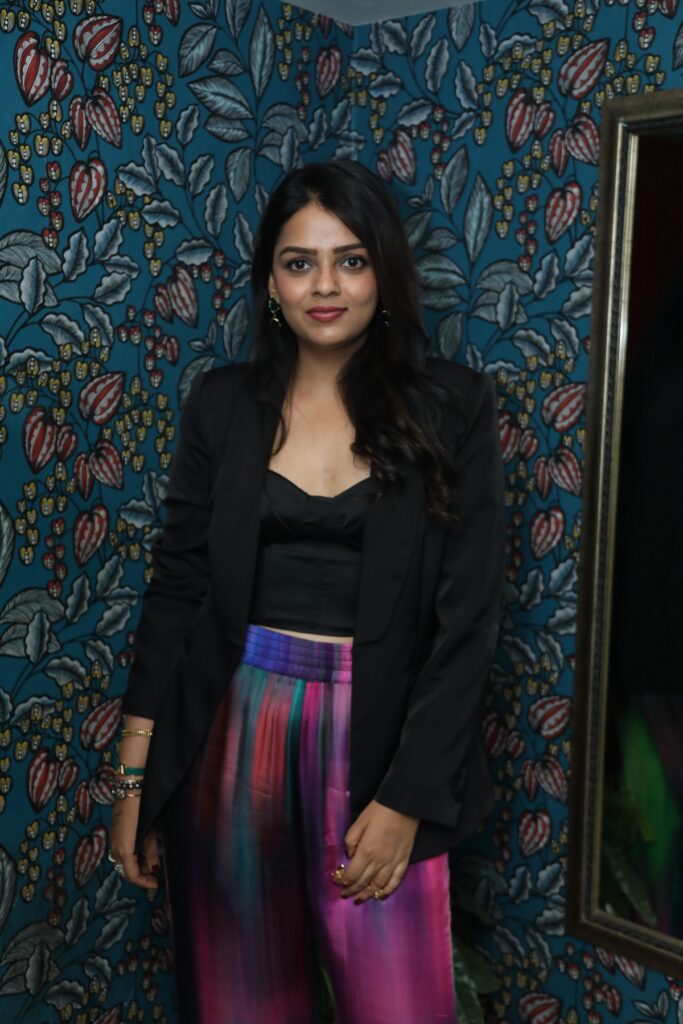
What does style mean to you? Share your personal style evolution.
I think personal style is meant to go through a journey of natural evolution. When I was younger, I would often jump onto many trend bandwagons — it was more about fashion and not always style back then. It’s been a process of discovery. I feel I am very settled in how I dress now. I know what works for me and what doesn’t or how much I am willing to experiment or not. There is a sense of self when it comes to my sartorial choices. There is also a very definite focus on quality over quantity. Everything is bought with the intention of longevity and wearability.
What wardrobe essentials can’t you live without?
When it comes to clothing – I love pantsuits and tailored jackets, both from international brands and homegrown labels. For big occasions, I am in a blazer more often than not. One of my most cherished pieces is a Benarasi pantsuit made with fabric purchased in Benaras. So, I would say Western silhouettes in Indian fabrics are a great buy.
I also believe in building blocks — silk white shirts, jeans that fit like second skin, formal black trousers, a vest set etc along with a few statement pieces — that you can then use in many ways.
I love my accessories, and my looks are often planned around the jewellery! Gold hoops, stackable bangles & bracelets, delicate chokers, polki studs, and everyday fine jewellery. There is such an incredible wealth of accessory and jewellery designers in the country, that we are truly spoilt for choice. Owning a few conversation-starting pieces is a sure way to elevate the simplest of outfits.
Fashion is often seen as a form of self-expression. How does your personal style reflect your personality, values, or cultural background?
I would say style, more than fashion, is a form of self-expression. I would hope mine reflects my personality and says something about me. I love wearing colour, and don’t shy away from blocking bold colours together. Though I am palate cleansing with a more neutral bent these days. I was introduced to the concept of upcycling early on, so I am constantly playing around with revamping pieces to extend their lifespan. I wear a lot of homegrown brands, and that is a very conscious choice. I also have a soft spot for anything that’s personalised with my initials – be it clothes, bags or jewellery – it just makes the piece feel more special and yours.
How can we as consumers adopt a more mindful style?
It’s important to consume with intent. Before you purchase something, ask yourself if you see yourself wearing it many times. The best place to shop is within your wardrobe, so rewear with pride. Mix and match pieces to create new looks from what you have rather than running to the store for every new occasion. Borrow and swap pieces with your girlfriends with pride too, I do it all the time! Buy less, but buy better. Invest in pieces that will last you a long time, and that doesn’t necessarily mean they need to be expensive — just versatile and high on quality.
Neeti Mehra, Founder, BeejLiving and Brand Consultant
A multidimensional communications professional and brand consultant with over two decades of experience in bringing stories to life. Neeti works as an independent storyteller at the intersection of sustainability, ecology and people, shaping the voice of homegrown and international brands.
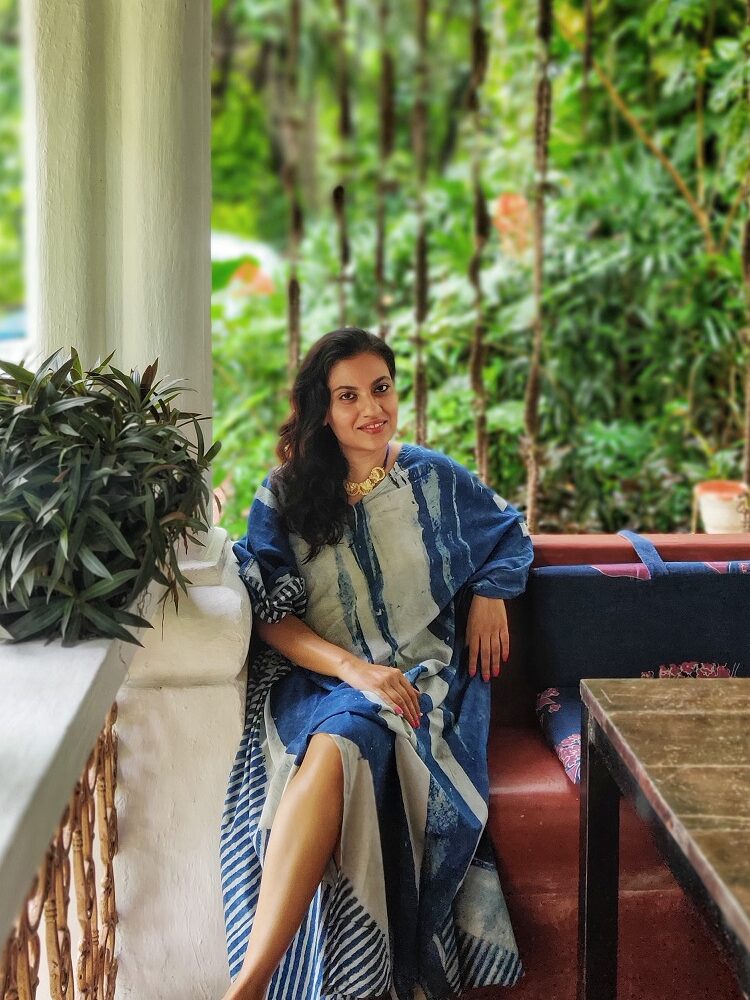
What does style mean to you? Share your personal style evolution.
In one word style to me is comfort. Fashion to me is the means to an end. It enables me to sail through from day to night, navigating different micro-climates with ease. It means being confident in the fashion you wear, coddled by the fabrics and flattered by the colours and silhouettes.
Being the youngest child amongst the whole caboodle of cousins, I’ve grown up wearing preloved clothes. So, for me, developing my own sense of style took time, till I became more confident in making my own fashion choices. I love to wear natural, breathable fabrics such as khadi and linen, mostly in anti-fit silhouettes and I mix and match separates.
What wardrobe essentials can’t you live without?
If you raid my closet, you will find kaftans, co-ord sets and dresses. I enjoy accessorising too, especially with high fashion jewellery from brands such as Olio, Dhora, Aarka, and Equiivalence. My choice of footwear is very basic too, hinging on comforts, flats or Kolhapuri chappals with heels. I have an obsession with white and beige Pajamas. A guilty pleasure is my collection of stoles, collected from my travels and exhibitions, which help me survive in AC environments.
Fashion is often seen as a form of self-expression. How does your personal style reflect your personality, values, or cultural background?
I grew up in Delhi, exposed to the country’s cultural and artistic depth. I’ve always appreciated handmade goods and viewed their imperfections as priceless. My closet includes hand-woven, block-printed, appliqued, embroidered and hand-stitched clothes, representing the length and breadth of the country. I do have a fondness for bling, so I own gold-plated jewellery. I enjoy colour more now than when I was growing up, but you still see a lot of white and black in my closet.
How can we as consumers adopt a more mindful style?
We need to address over consumption. How many clothes in your closet do you really end up wearing? Clothes bought and not worn are a waste of precious resources, occupy space and add to clutter that can induce anxiety. Wear the clothes you own, and wear them often.
Think about the future when you buy clothes. Are they made from natural fibers, are they made from high quality materials and do they have margins? Clothes should last through seasons and shapes.
We need to look after our clothes well too, namely by removing any stains after wearing and ironing them before storing them in the cupboard. I prefer to hand wash my clothes with a gentle organic washing soap air dry them, and store them color-wise in cotton bags.
If you love your clothes, they will love you back a long time.
